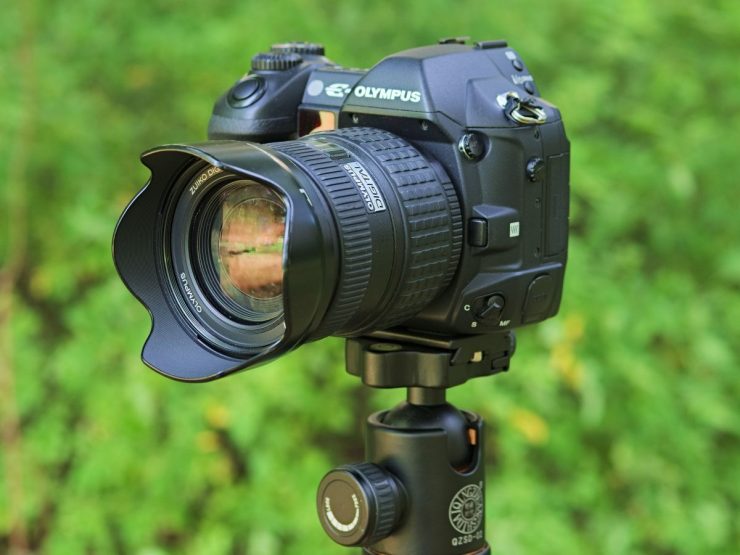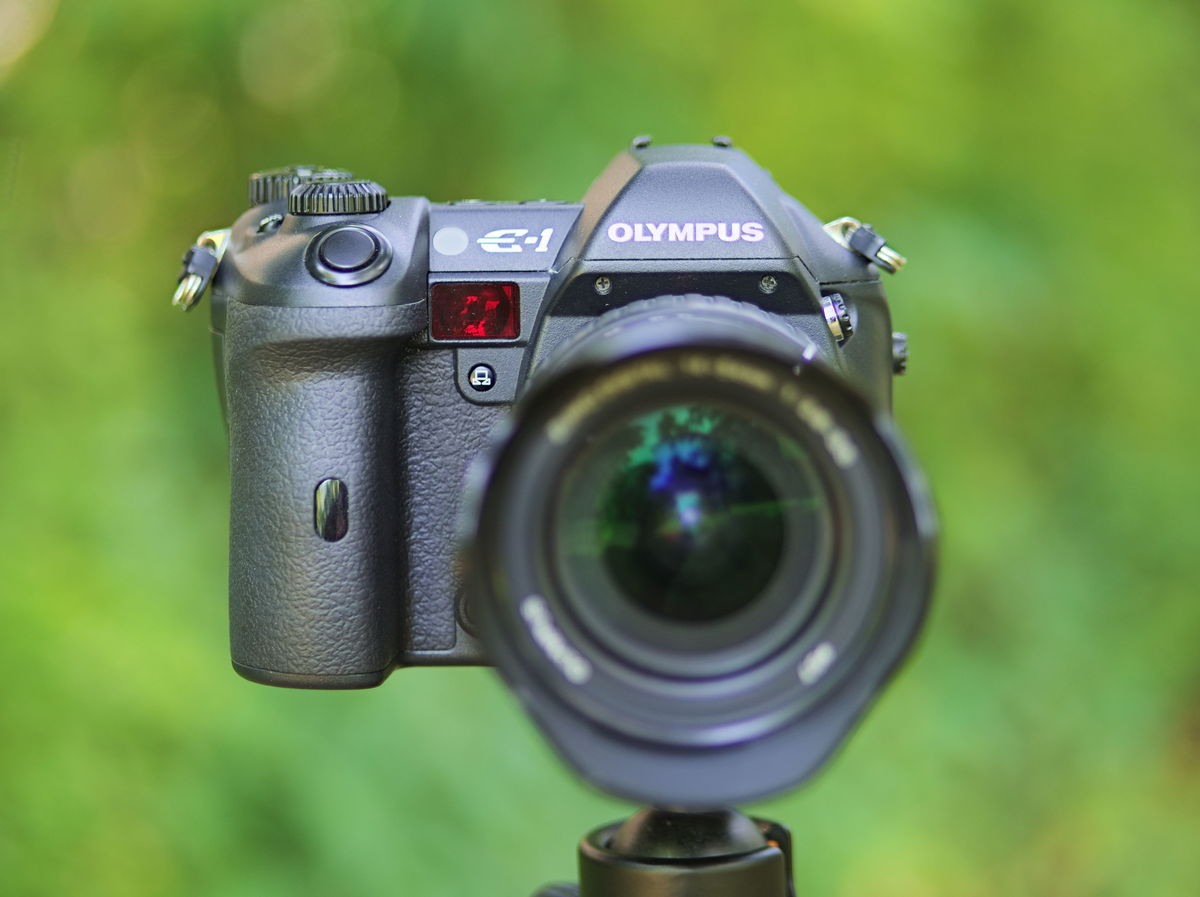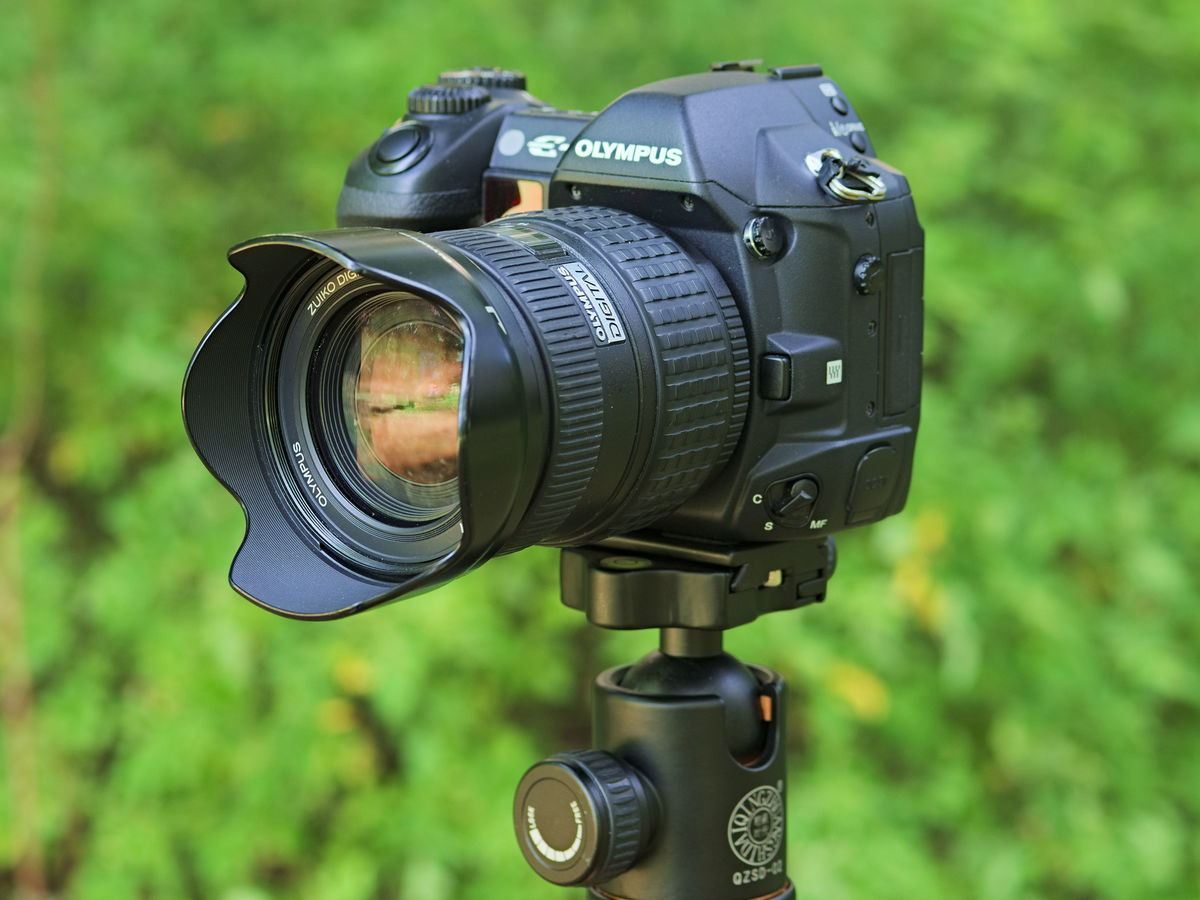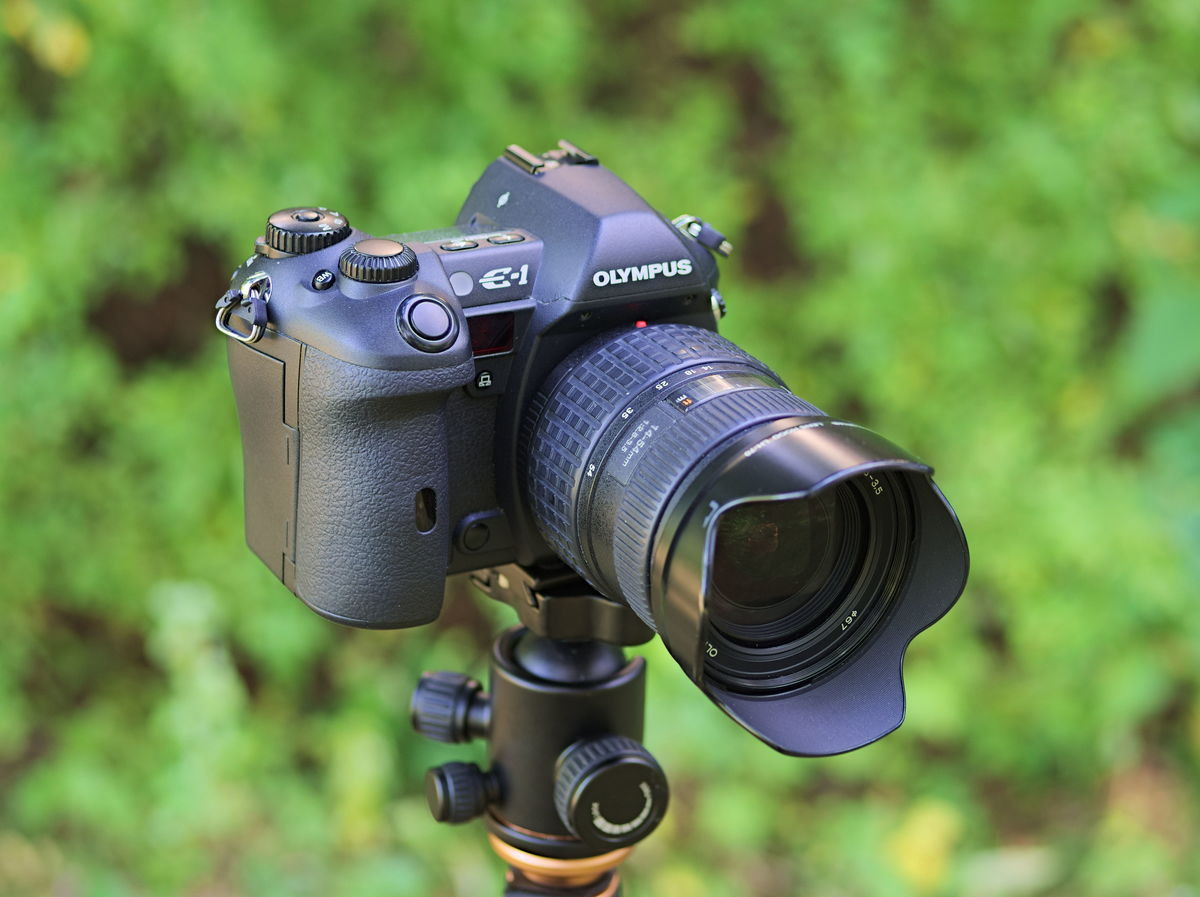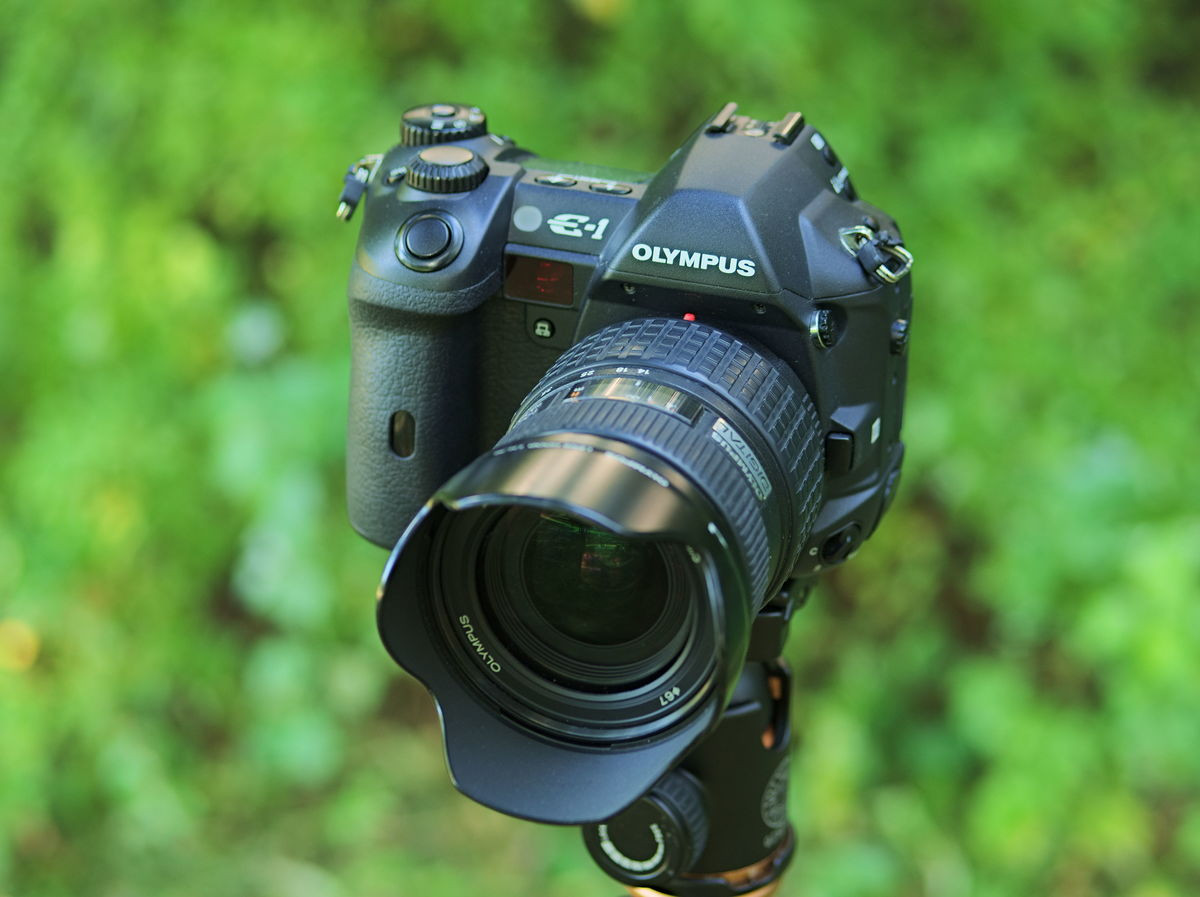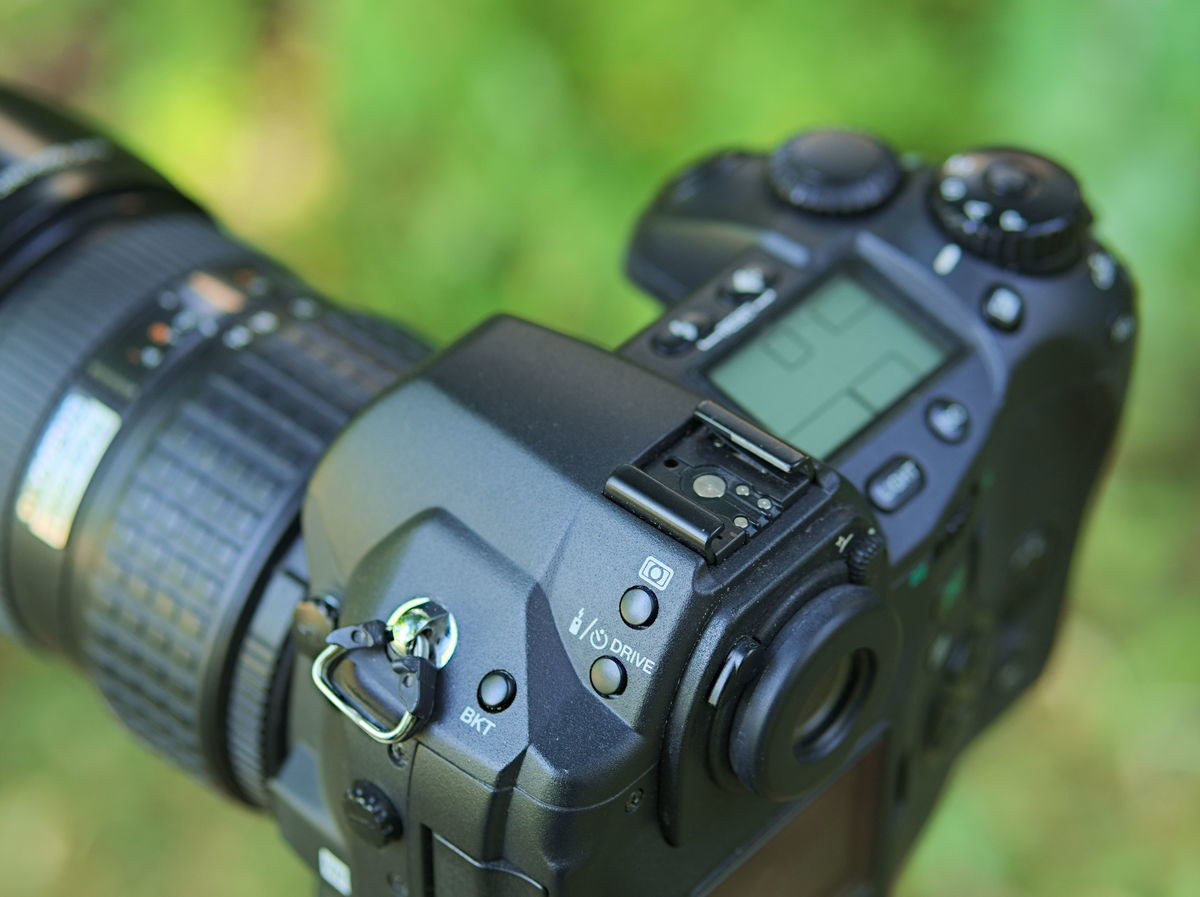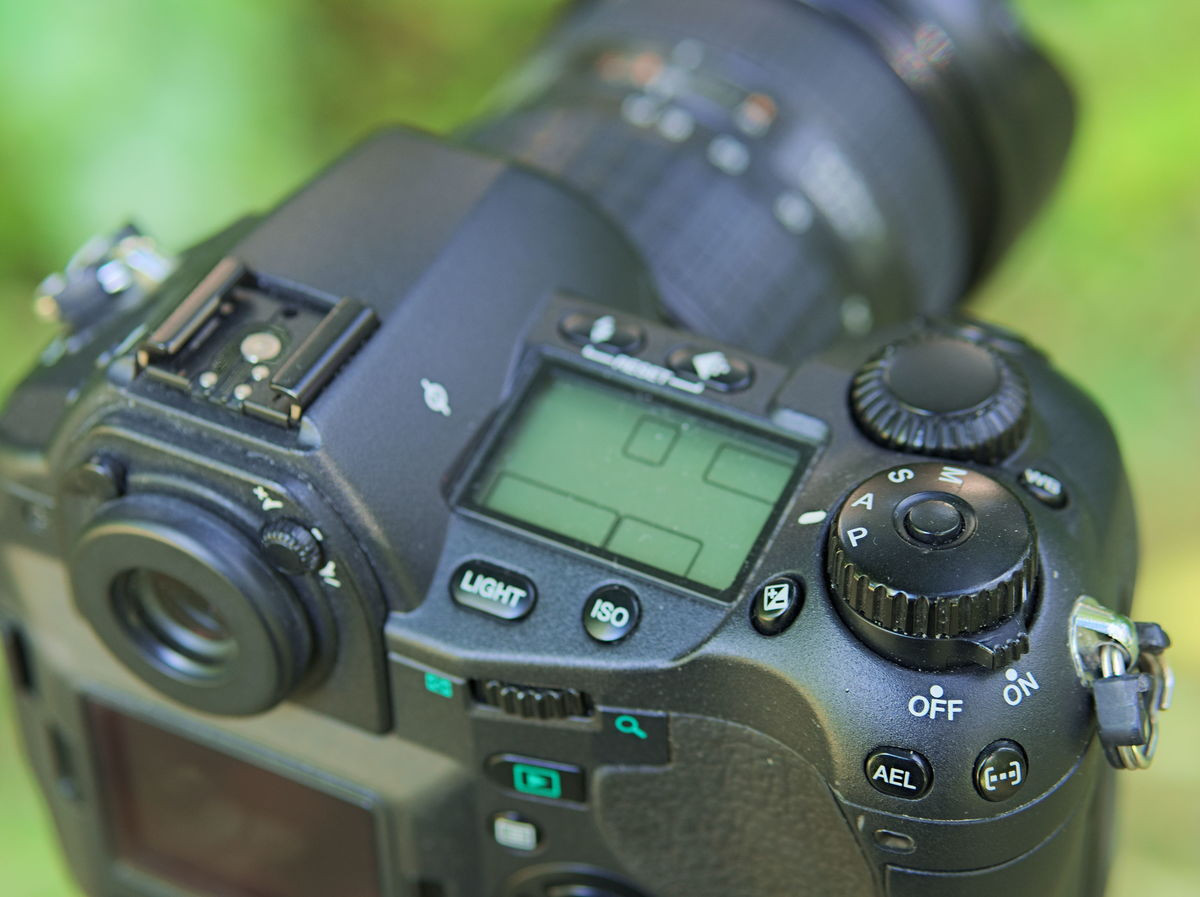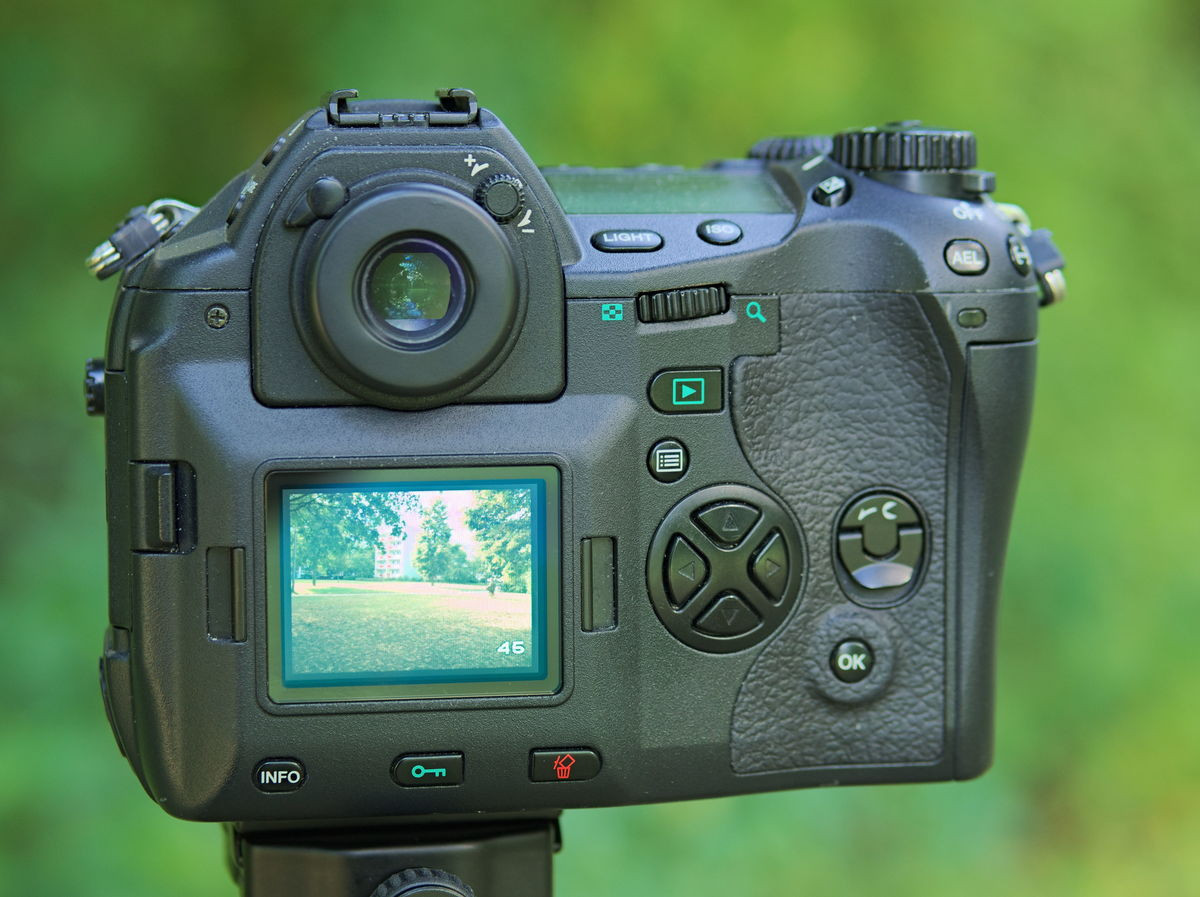I have recently purchased a used Olympus E-1 together with the Zuiko Digital 14-54 2-8-3.5 zoom lens. This camera and lens combo is 12 years old, technically outdated and boasts an archaic 5 megapixel CCD sensor that is easily outperformed by smartphone cameras (at least on paper when comparing megapixel numbers). So why did I buy it? To put it simple, it is a camera classics bundled with a top notch pro lens (that I adapt on my Olympus OM-D E-M1) that is very well-built and a joy to use.
Here are some camera specs:
– Introduced in 2003
– First camera that uses the Four Thirds System lens mount and imaging system
– 5 megapixel CCD
– Good dynamic range and exposure
– Magnesium-alloy body
– Environmental sealing (splash proof)
– “Supersonic Wave Filter” dust reduction system cleans CCD at each camera start-up (dust is shaken off the CCD)
– USB 2.0 and Firewire connectivity
– Continuous shooting 3 frames per second up to 12 frames
I like camera gear and the E-1 is a hell of a well-built camera. It was the first introduced Four Thirds camera made by Olympus in 2003, so it is the ancestor of all Four Thirds and Micro Four Thirds cameras. It is made for pro photographers, weather sealed and built like a tank. Many people say you can use it to hit a nail in the wall and still use it afterwards. I did not try it yet though. When you take it in your hands you just get a smile in your face. The E-1 fits perfectly and feels perfectly in your fingers. As I said in one of my earlier posts, the way how you take a photo and the camera in use is almost as important and enjoyable as the photo itself.
Are 5 megapixel still sufficient for today’s photography? Most of the time I look at my pictures on my PC monitor or load them up to Flickr (or other photo community sites). Here 5 megapixel are more than enough. And these 5 megapixel are really sharp. I use Rawtherapee to get the best results out of the RAWs. Regarding printing DIN A3 or 40x30cm picture size gives you still very nice quality. If we talk about high ISO, you can go as high as ISO 800 without regretting it. That is not too bad at all. I always try to keep ISO as low as possible and look out for sufficient light. Of course in comparision you can get 16, 20, 36 and more megapixel monster cameras but if you look at most use cases high megapixel numbers are not always needed.
The bundled Olympus Zuiko 14-54 FT lens is a pro lens and very sturdy, weather sealed and well-built as well. I use it with an MMF-2 adapter (Four Thirds to Micro Four Thirds) on my Olympus OM-D E-M1. Compared to the new highly regarded Micro Four Thirds Olympus M.Zuiko Pro 12-40 2.8 there is not much to complain about. In the extreme corners at F2.8 it is a tad softer but stopped down to F4 it is very hard to tell them apart. At the short end you might miss the 2mm wide angle of the M.Zuiko on the other hand you get additional 14mm at the long end – very nice for portraits. It is optically well corrected, very flare resistant, sharp all over the place and has a nice minimum focus distance of 0.22m. All in all it is a very versatile lens of a pro like quality – my new walk around lens on my E-M1 when I don’t want to use my prime lenses.
So if you enjoy perfect ergonomics and build quality, nice image colors and you are tired of the megapixel race why not getting an old (cheap) camera classics? You can still have fun with it and feel like a pro photographer with a tank like photo machine. It is highly recommended!
